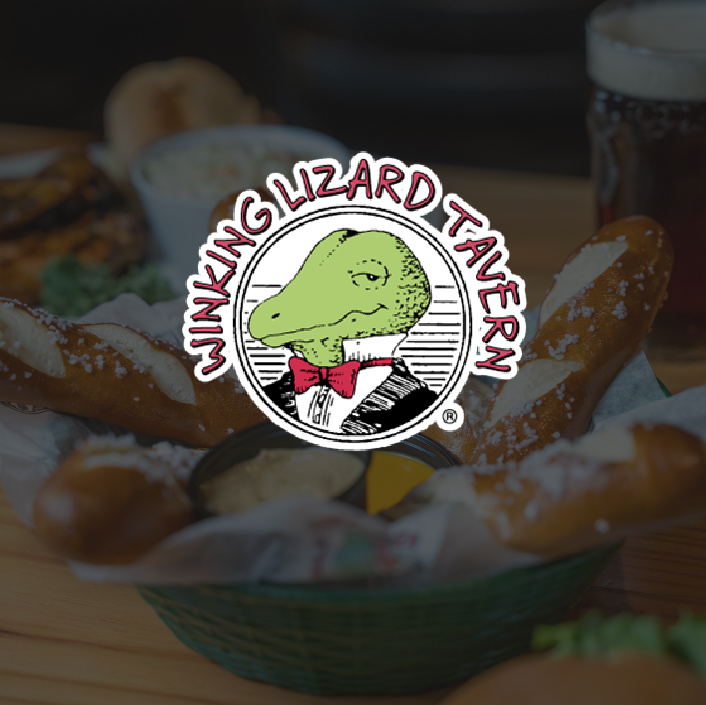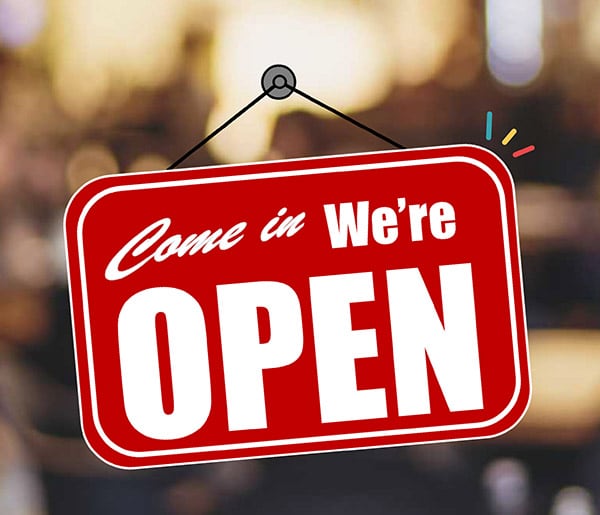
Technology is the key to managing restaurant expenses

As restaurant expenses continue to rise, owners and operators are faced with the challenge of managing costs while remaining profitable. According to the 2024 State of the Restaurant Industry report, 98% of operators say higher labor costs are an issue for their restaurants, while 97% cite higher food expenses.
The good news is that innovations in technology—such as analytics, AI, and intuitive marketing tools—can help restaurants streamline expenses and save time, resulting in a stronger bottom line.
Here’s a closer look at some of a restaurant’s top expenses and how tech can help with cost management.
1. Food/inventory expenses
Food is notably one of the steepest expenses for restaurants, accounting for around 25-40% of revenue. And with rising food costs keeping restaurant operators up at night, owners need to get creative with their cost-control measures.
One effective way to manage food costs is to cut down on waste. By training staff on food waste strategies and implementing “zero waste cooking,” you can maximize what is used and minimize what is thrown in the trash.
Menu engineering is another way to lower food costs. By analyzing your menu for costs and dish sales, you can ensure that high-margin items are in a position to sell well and adjust low-margin items to save money.
You can also invest in technology that helps calculate food costs per week or month to give you a better sense of your inventory needs. These tools can analyze inventory changes, automatically update pricing, and automate invoicing—all of which take the burden of these tasks from the staff while finding ways to create efficiencies with food purchasing.
2. Labor costs
As noted above, rising labor costs are the top concern of restaurant owners and operators. Not only is it increasingly difficult to find good talent, but wages must also remain competitive to attract and keep staff.
As a general rule, labor costs should account for around 30% of total revenue. When calculating costs, it’s important to consider all of the expenses associated with labor, from wages and salaries to health care and payroll taxes. There are a few ways that labor costs can be managed effectively, and they all start with streamlining processes via technology.
For starters, scheduling software can help managers anticipate labor needs and is often bundled with other time-saving tools, such as payroll and team management. Technology that manages these labor-specific needs can not only help avoid overstaffing (or understaffing), but it also saves money by making restaurant staff more efficient.
You can also consider adding fees to tickets to support better wages for staff. Research finds that as long as you are transparent about the reasoning for these surcharges, customers are more than happy to pay them.
Another innovative way to manage labor costs is via artificial intelligence. One such AI breakthrough is AI-powered technology that answers the phone in place of a person. These AI-answering tools can answer basic questions that often keep your phone line tied up, servicing customers without pulling staff away from other tasks. Popmenu data shows that 49% of consumers are less likely to dine at or order from a restaurant if they don't answer the phone. Thus, by implementing AI answering, restaurants can reduce labor costs and workload for their team while keeping guests happy.
3. Rent and utilities
While restaurant owners often talk about what they need to do to “keep the lights on,” this section covers how to literally keep the lights on (i.e., costs associated with rent and utilities). When it comes to rent or mortgage, it’s important to consider all the costs associated with this expense, such as payments toward building repairs and other maintenance fees. When it comes to utilities, restaurants should consider negotiating with the utility company on rates or shopping around for better pricing from other providers.
Another effective way to cut down on these costs is by investing in energy-efficient equipment. While such equipment may be more costly upfront, it will save the restaurant money in the long run. It’s also a good idea to explore energy management systems, which monitor and control energy use within your establishment, adjusting based on usage and time of day. Such tools reduce energy costs while extending the life of your restaurant equipment.
4. Marketing investments
Marketing used to be an afterthought, but restaurant owners now realize marketing is vital to the success of their business and are including marketing expenses in their budget from the get-go.
According to research, 84% of restaurants are either increasing or maintaining their marketing budgets, with 40% of their budgets going toward digital marketing.
Technology can play a variety of roles in the marketing of restaurants, from helping to actually implement marketing strategies, to creating cost savings via tools that track marketing spend and provide analytics.
For example, owners can implement marketing automation technology, which collects guests' information and preferences to send personalized messages. These communications then automatically send to guests based on their recent activity with your restaurant, such as rewarding them with a tasty offer for their loyalty or inviting them to leave a review after placing an online order. These tools create powerful marketing messages to win guests and save staff time.
Artificial intelligence takes marketing automation a step further. AI marketing tools can generate a month’s worth of emails, social posts, and text messages, making it easy for operators to review and schedule effective and engaging content. The best tools connect with your website and online ordering, using that data to generate communications that are unique to your restaurant. This can serve as a huge time-saver for staff while driving new and repeat business.
5. Technology needs
To use technology to help save costs, you have to first spend money on said technology. According to a recent study, restaurants spend a mere 1.97% of their gross annual revenue on technology. If such a small percentage of the budget is going toward tech, it makes it all the more important to choose the right solutions that can deliver the biggest bang for your buck.
Finding a platform that consolidates a lot of your existing tech stack can be a major cost-saver. Plus, by housing multiple tools—such as online ordering, marketing, and website management—under one login, you get a wealth of data that showcases how everything works together to generate revenue for your business. This information can then be used to enhance marketing strategies and help you identify how quickly the tool pays for itself.
While restaurant expenses may be increasing, so are the innovations in technology centered around cost management. By doing your research, seeking technology partners that meet your restaurant’s specific needs, and embracing AI as a time and money-saving tool, you will not only be able to keep the lights on – they’ll be glowing for years to come.
Want to learn more about how good technology can help consolidate expenses and save on labor? Schedule a demo with Popmenu today!





.jpeg)






